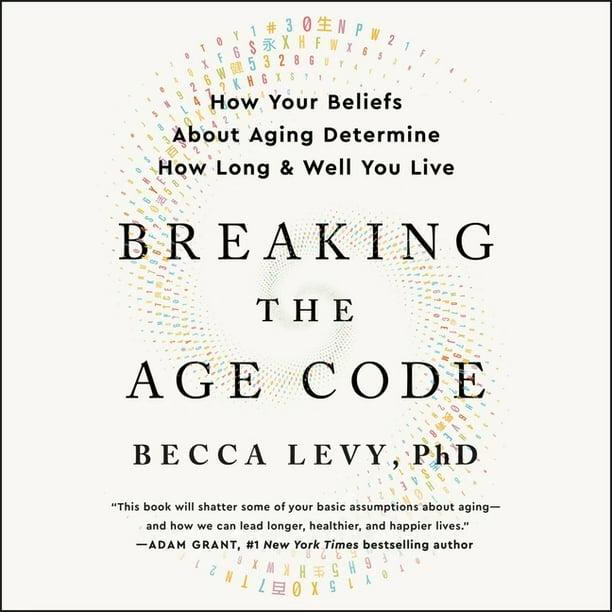Digital Equity and Health: The Promise of Virtual Care
- Nancy Combs
- Apr 1, 2024
- 4 min read

A positive outcome of COVID-19? How is that even remotely possible?
Indeed, the same deadly pandemic that cast a glaring light on tragic health disparities has also shined a beacon on a powerful way to help close those disparity gaps.
Virtual care is that positive outcome. Also called telehealth, its usage skyrocketed sixfold between 2019 and 2021, according to www.healthIT.gov. And nearly 75% of physicians recently surveyed by the American Medical Association reported their practices use telehealth – almost three times more than in 2018.
Logging into an electronic portal to view your medical record, visiting with your doctor virtually, or accessing other services online, these all can make it easier to maintain optimal health. But only if these virtual resources are all available, understandable, and relatable to the patient. There is concern that a technology or knowledge gap will disrupt the connection, especially for seniors.
Denise White Perkins, MD, Ph.D., interim chair of Family Medicine for Henry Ford Health, is director of three grant-funded projects to improve telehealth for seniors. “We want to make sure we don’t leave whole segments of our population behind,” White Perkins said.
At its best, telehealth can increase access to care, decrease loneliness, and empower patients everywhere with tailored health information from trusted sources.
At its worst, telehealth can widen gaps in care by privileging those with high digital literacy and dependable internet service.
“Telehealth is here to stay,” said Ally Hunter, virtual care consultant at Henry Ford Health. “But if we don’t work for digital equity, health disparities will continue to grow.” That’s why Henry Ford, along with other health systems in the U.S., has prioritized digital equity. It’s “the idea that everyone should have the information technology capacity needed for full participation in the society, democracy and economy.”
Providing Connection
As they work towards digital equity in healthcare, Henry Ford Health is focused on seniors.
“Older adults are the largest population we serve, and it’s a diverse population. Many are underserved with poorer health,” Hunter said. “It’s people we genuinely care about,” she said of the demographic group.
“There’s a misconception that virtual care is in place of in-person care. In reality, it’s in addition,” Hunter said. “It’s talking to your doctor when you don’t need to be seen in person – maintaining your treatment plan with virtual touchpoints that can alleviate pain points, too.”
“The sole purpose of telehealth is to provide connection,” White Perkins said. Older adults are at varying comfort levels with virtual care, she said. “We are interviewing patients and community members to understand how we can ensure a seamless experience for the end user.”
To gain stakeholder input, “we surveyed a number of senior-facing organizations including the Southeast Michigan Senior Regional Collaborative. Next, we will train peer ‘digital inclusion coaches’ in partnership with Hope Village Revitalization,” a Detroit community development corporation, White Perkins said.
Educating clinicians is key. “We are orienting provider teams to help the patient check sound and camera placement ahead of their visit,” she
said. “Do they want to include a family member or caregiver? For a patient with diabetes, we might ask, ‘Can you show me your fridge?’”
‘Meet people where they are’
COVID riveted attention on what was there all along – the profound impact of non-medical factors such as income, transportation, education, safety, racism, ageism and other “isms” on a person’s health status was shocking to many. Now that the public health emergency is over, virtual care is a critical piece of the complex puzzle to reduce health disparities … or is it?
That jury is still out, White Perkins and Hunter concurred. Broadband connectivity remains lower in the majority Black and Hispanic city of Detroit (79.4%) compared to all of Michigan (87.8%), according to U.S. Census statistics. When people have poor internet access and low digital literacy, they are more likely to experience worse chronic disease, Hunter said.
Barriers like these call for strong collaboration. That’s why Henry Ford Health is working with the Michigan Telehealth Collaborative, and partnering with Michigan State University, to form the Southeast Michigan Collaborative for Improving Older Adult Healthcare in a Virtual Environment. “It’s really important to learn from each other,” Hunter said.
“Health systems need to ask: What are the gaps that keep patients from accessing and using telehealth? Who has devices, and what is our patient's ability and self-confidence to use them?” Lastly, “How are we increasing those skills, and what technical supports do we provide?”
Virtual care is at a crossroads. “If we leave people behind, we will widen disparities. We need to connect the right patient with the right care at the right time,” said White Perkins, likening telehealth to the age-old practice of improving access to care by providing cab vouchers or bus tickets. “We need to meet people where they are.”
Those who are not patients of Henry Ford Health, and who are needing virtual support, can contact the main number for their health system, or search “virtual care” or “patient portal” at that website, Hunter said.
Henry Ford Health patients can:
• Call 800-HENRYFORD and ask for a digital technician
• Check hardware, sound, speaker and connectivity at techcheck.hfhs.org
• Patients 65 and older get priority support for on-demand care. Login to MyChart, choose “Find Care” and “Video Visit on Demand.”

Henry Ford Health virtual care consultant Ally Hunter, is an expert presenter on digital equity in telemedicine at the Healthcare Information and Management Systems Society Global Conference.




Comments